In the previous 2 articles we covered the trout’s needs and the trout’s traits. Now we will discuss the environment it lives in.
Knowing how to decode a lake, and how a lake changes in response to the seasons will help us understand where to fish, and how deep to fish. This is very important because having the best lure and presentation doesn’t mean anything if there aren’t any fish where we are fishing.
Each lake has its own geography, but even though the specifics of that geography are different from lake to lake, there is a set of patterns that are common across lakes we can look for.
We will break down the elements of the lake into a few categories:
- Geography
- Structure
- Water Properties
- Seasonal Changes
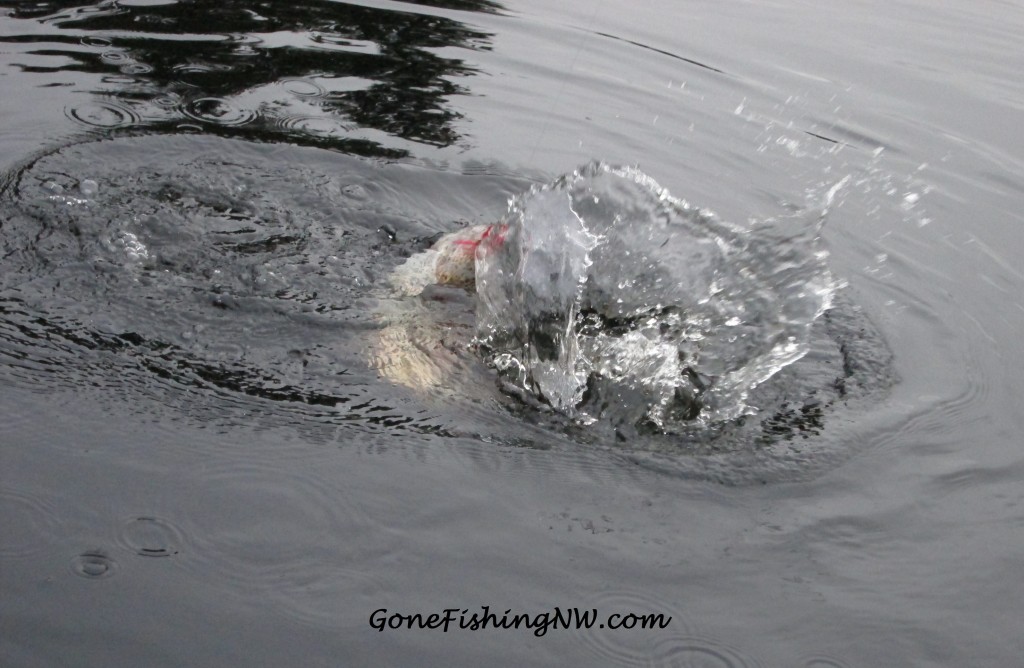
Geography
This is the overall structure of the lake. Some of it we can see from land – like the shoreline, bays and inlets. Other items, like drop offs, we have to find some other way.
We can often get a clue to underwater structure by observing the above ground structure nearby. For example a steep hill that goes into the water, likely continues down through the water indicating there might be a drop off. Likewise a fairly flat approach to the water may indicate some shoals.
However a bathographic map (or underwater contour map) can provide a more complete picture. Often such maps are hard to find.
Lake geography that is of interest to us as anglers include:
- Shoreline
- Inlets
- Shoals
- Points
- Drop offs
Shoreline
It is pretty obvious what the shoreline is. What is less obvious is why it is of interest to us as anglers. Generally speaking the shoreline is where the shallows are. Trout may venture into the shallows on occasion when they feel safe, and are actively feeding, but in general they don’t spend much time there.
Inlets
Inlets are where a feeder stream enters the lake. Fish will sometimes hang out near inlets because food can be carried into the lake by the stream. Fish may also stage near inlets prior to spawning. Depending on time of year the stream may also be a significantly different temperature than the rest of the lake, which may be attractive to the trout.
Shoals
Shoals are relatively flat areas which are typically 4-20 feet deep. They usually transition between the shallows of the shoreline and the drop off to deeper water. This area is shallow enough for light to penetrate to the bottom – which means aquatic plants can grow. The plants then provide habitat and food for aquatic insects and small fish.
Trout can often be found in the shoals when actively feeding, as it can be a food rich environment.
Points
Points are places where the land extends into the lake. These are interesting to us, because they form a barrier to wind, waves and current.
When water in a lake moves – even if it is just the upper layer driven by some wind – it will carry food along with it, such as aquatic insects. When that moving water encounters a point it will concentrate the food in the water as it moves around the point. On the lee side of the point, however, things are calm.
That provides ideal conditions for a lazy trout to hang out in the lee and wait for food to come by.
Drop Offs
This is an area of rapid transition from a shallow zone to a deeper zone. On a bathographic map it can be identified by contour lines being close together.
Fish will hang out around drop offs, as it is close to the food area in the shoals, while offering nearby safety in the deeps.
Structure
Just like we have furniture inside our house within the geography of the floor plan, lakes have items inside their geography. As a group we call these items structure.
Structure is important to fish because it can provide habitat for smaller fish and insects, which in turn creates a food source for larger fish.
Structure can be natural or man made. Common structure includes:
- Rocks and boulders
- Docks and piers
- Fallen trees
Water Properties
The water of a lake has a variety of properties. These properties can be quite different between lakes. Even within a single lake the properties may vary by location, and certainly change by season.
There are 2 primary properties we are interested in:
- Water Clarity
- Temperature
- Oxygen Content
Water Clarity
Water clarity is often measured in feet of visibility. For example if you can see the bottom of the lake when it is 5 feet deep, but not 6 feet deep, then we’d say the visibility (or clarity) is 5 feet.
The more clear the water is, the farther away the fish can see our lure, weights, boat, etc… It also makes the fish feel less safe, since it knows it is also more visible to predators.
Generally speaking, the more clarity means we need to use longer leaders, smaller lures, duller colors and fish farther away from the boat.
Less clarity we can use shorter leaders, bigger lures, brighter colors, fish closer to the boat, or even use long distance attractors like dodgers or pop gear.
Temperature
Temperature is very important to trout and will help us determine what depth to fish at.
General speaking the warmest water is on top and coldest is at the bottom. At certain times of year, in most lakes, a thermocline will form. This is a barrier between the hot water above and cold water below.
The thermocline is very important, and you should read more about it in this article.
Fish are going to spend the majority of time in water where the temperature is closest to their preferred temperature range.
Oxygen Content
Lastly, even though fish live in water they still need oxygen to live. They get this oxygen from the water via their gills. But for them to get oxygen out of the water, it first needs to be present in the water.
The 2 main ways oxygen gets in the water is surface interaction (especially wind) and aquatic plants.
If there is an area of low oxygen (say due to the thermocline, hint hint) then fish will tend to avoid that area.
Conclusion
We’ve covered the major elements that make up a lake and how they help determine where fish will be – both the horizontal (location) and vertical (depth). Next we’ll cover how lakes change with the season, and how that impacts where the fish will be.
For more information on trout and how to fish for them, please check out the Trout page.
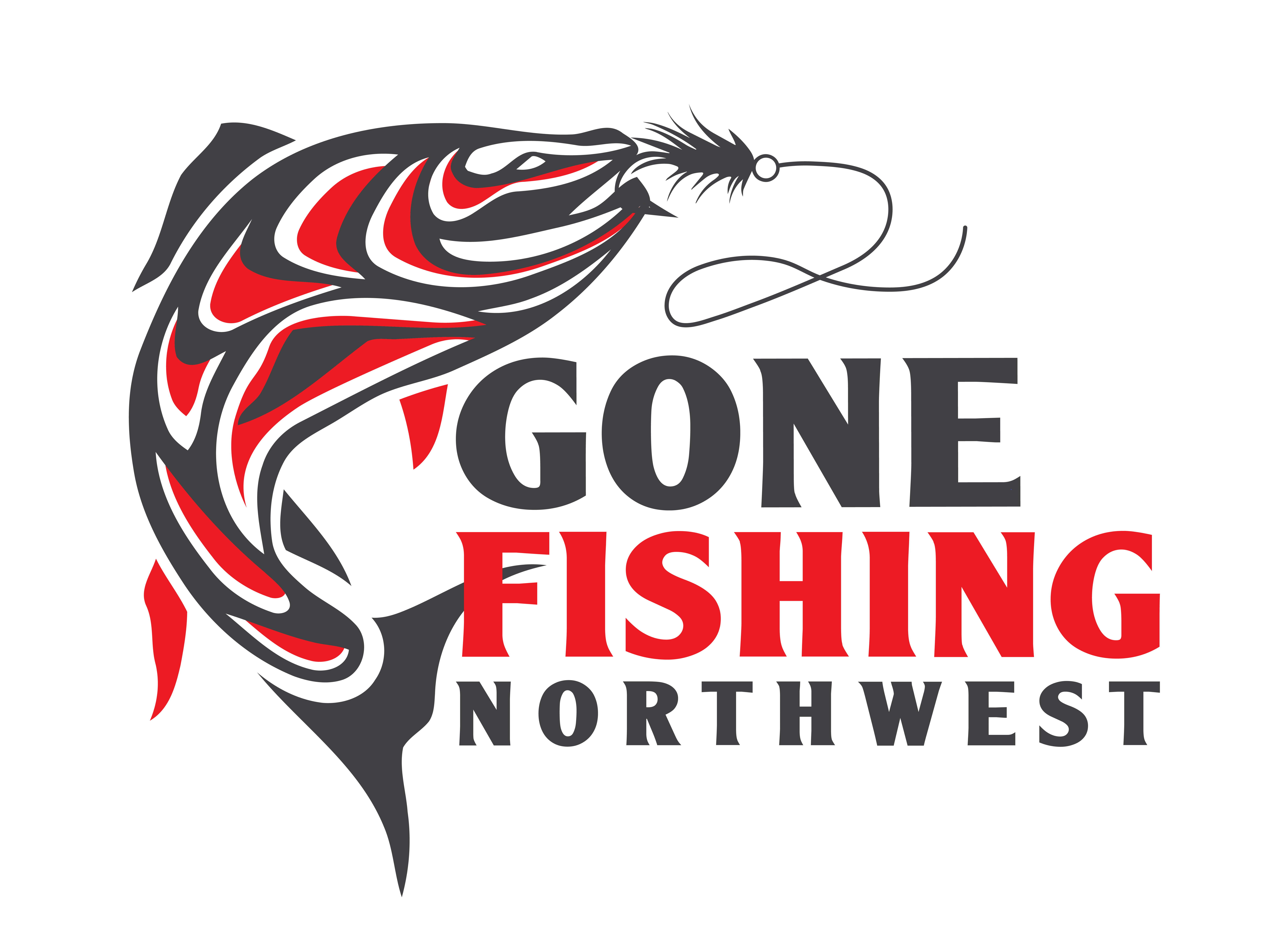
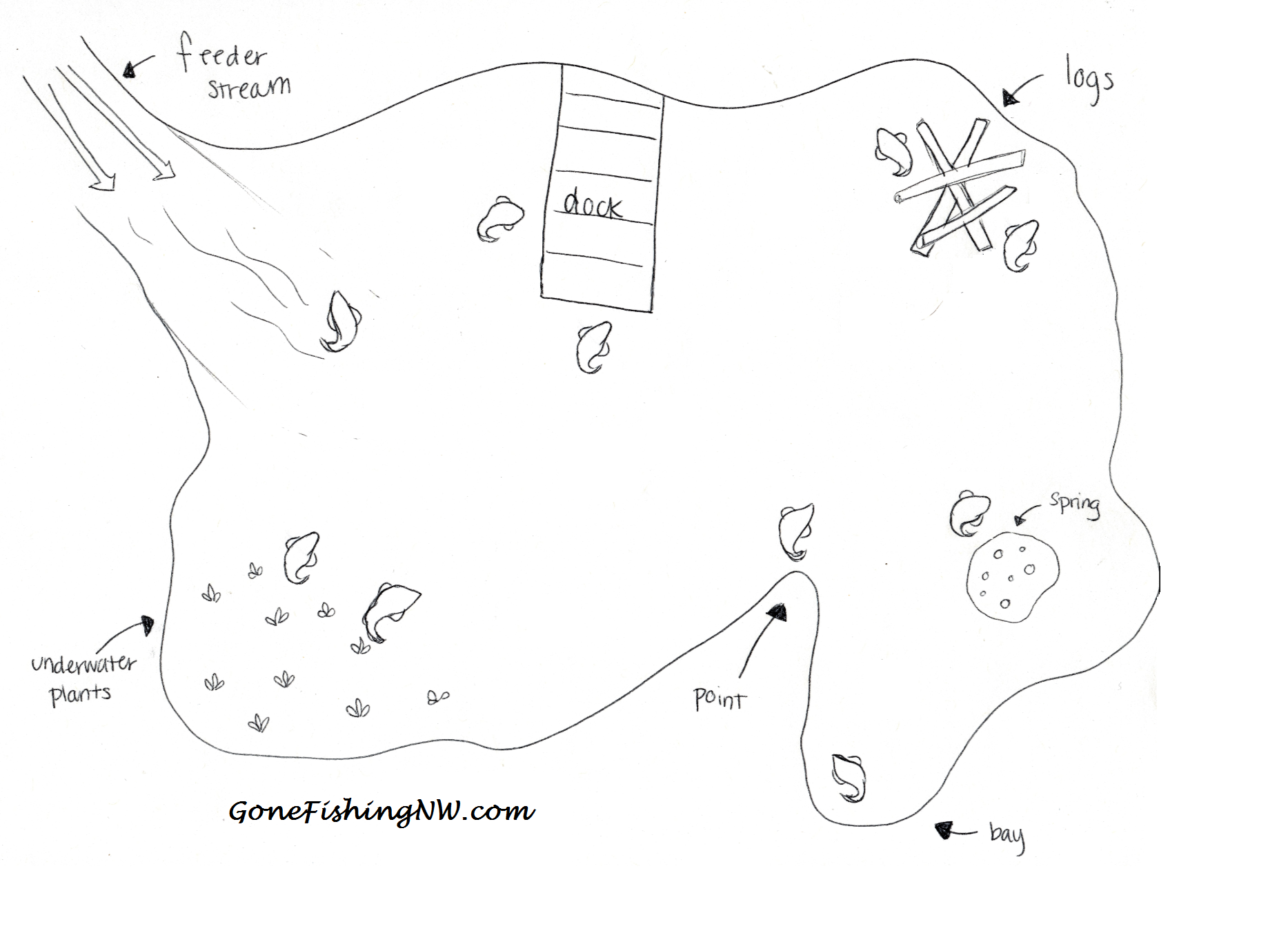
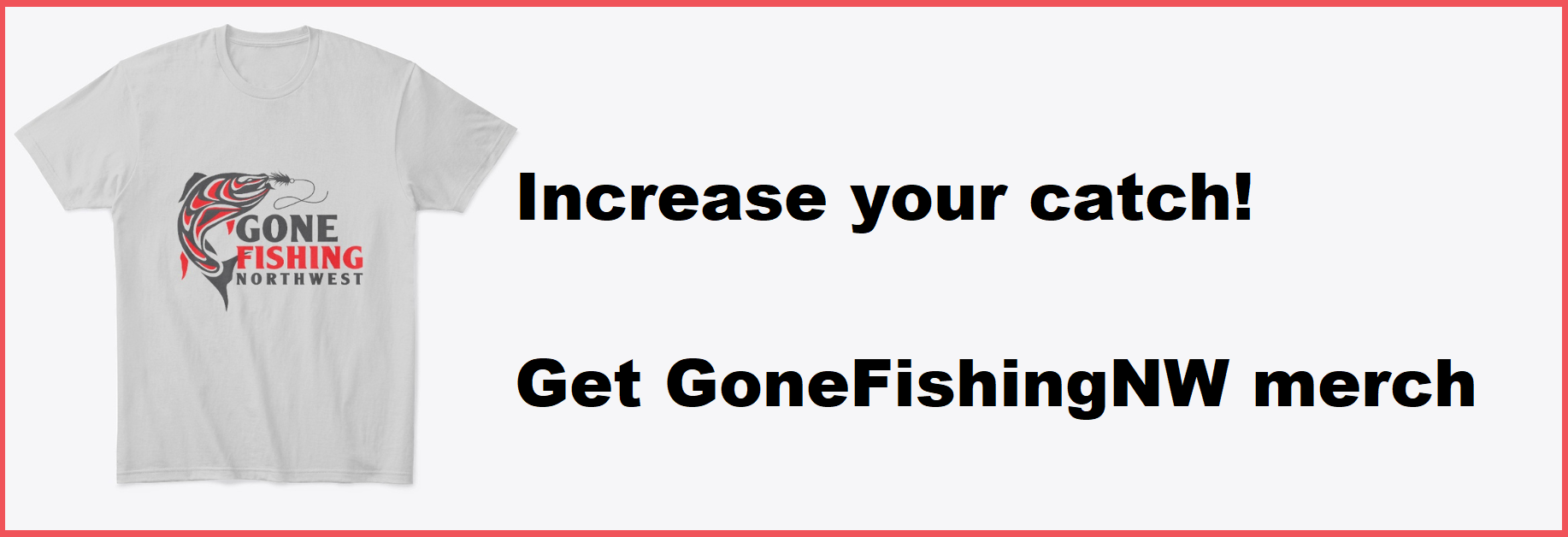
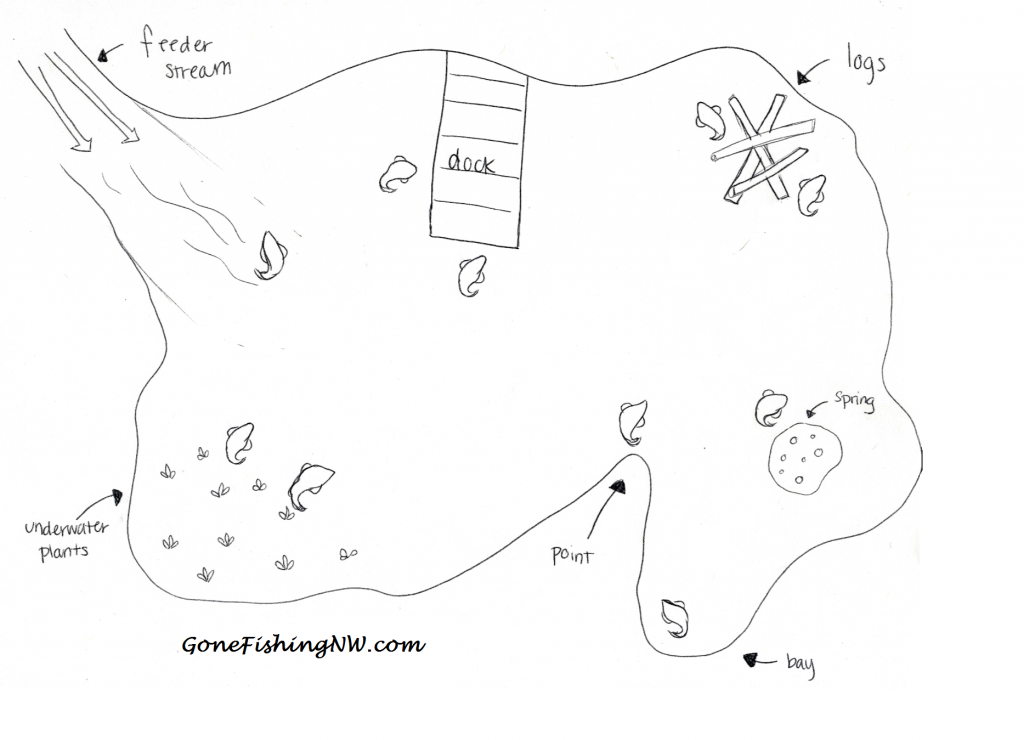
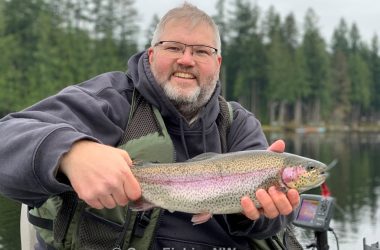
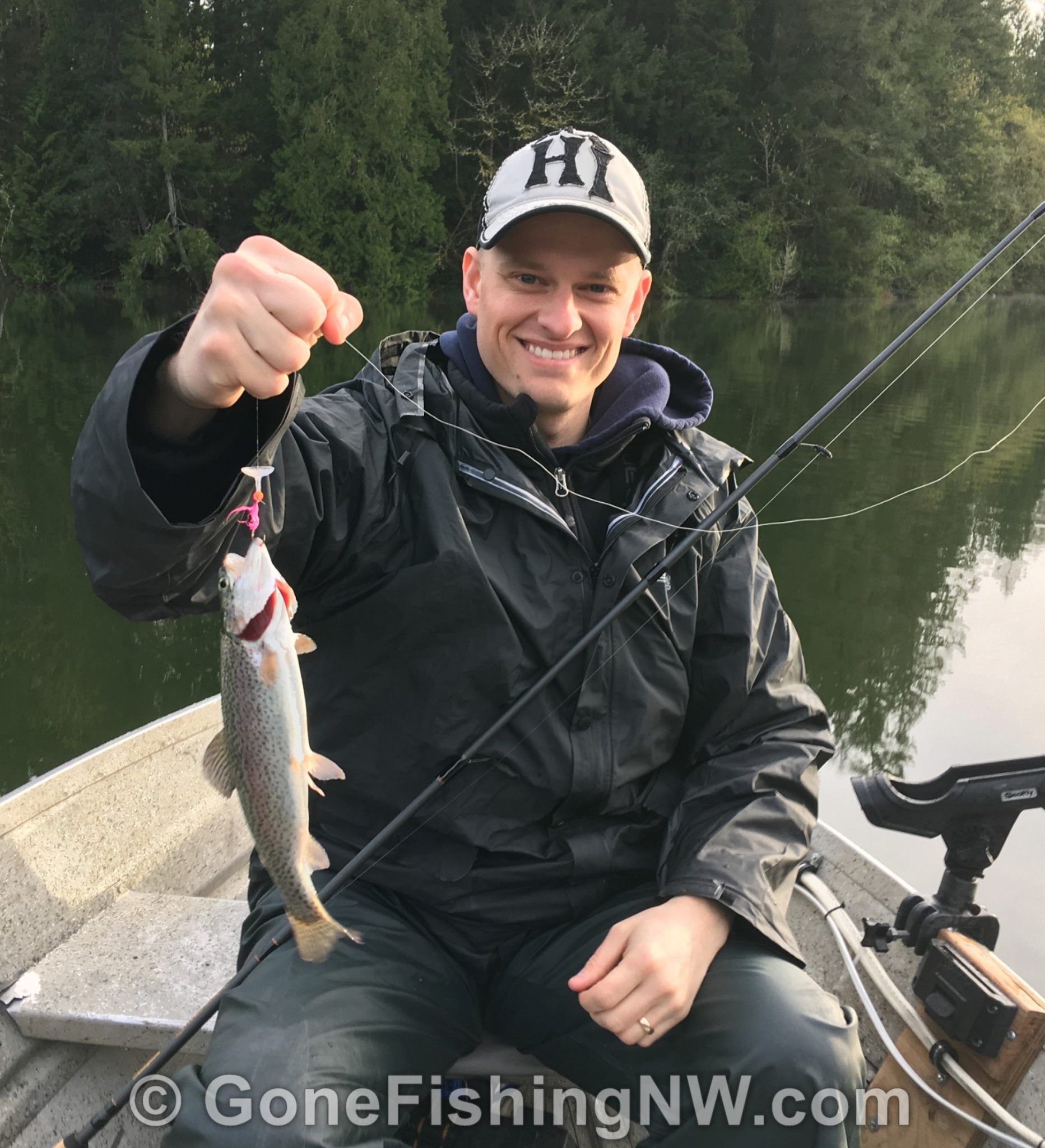
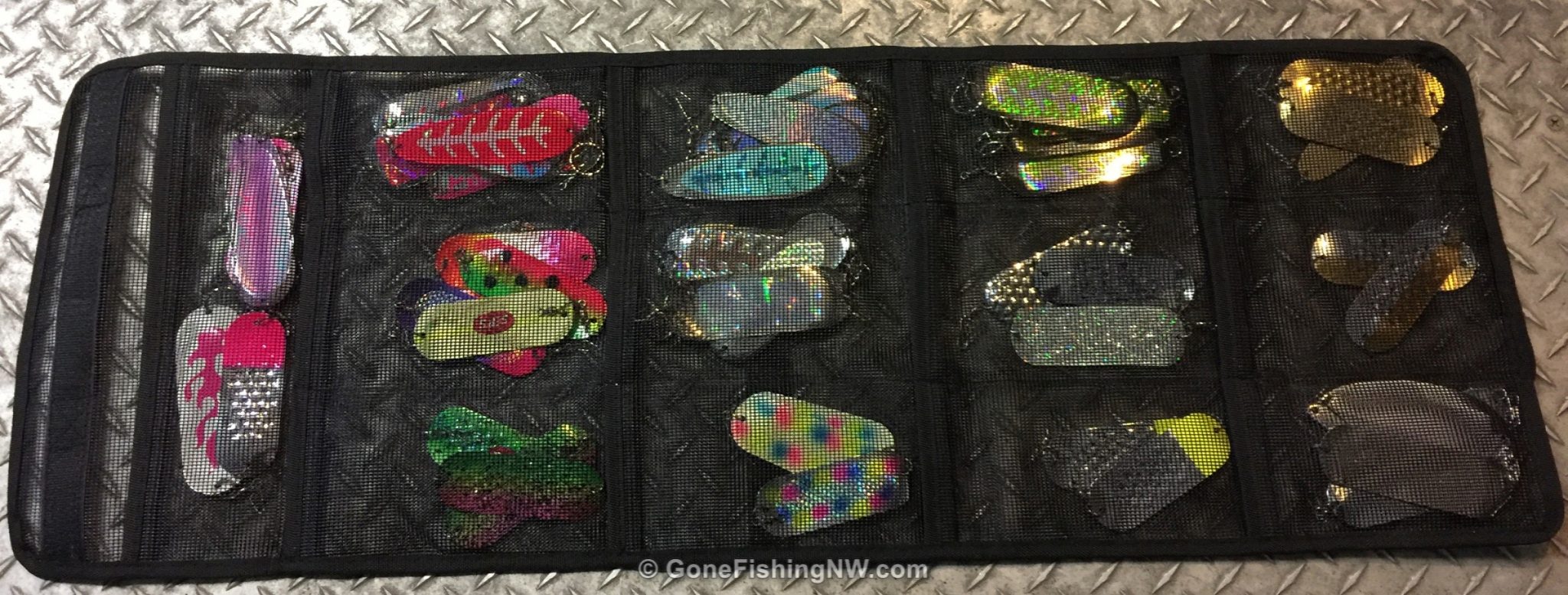
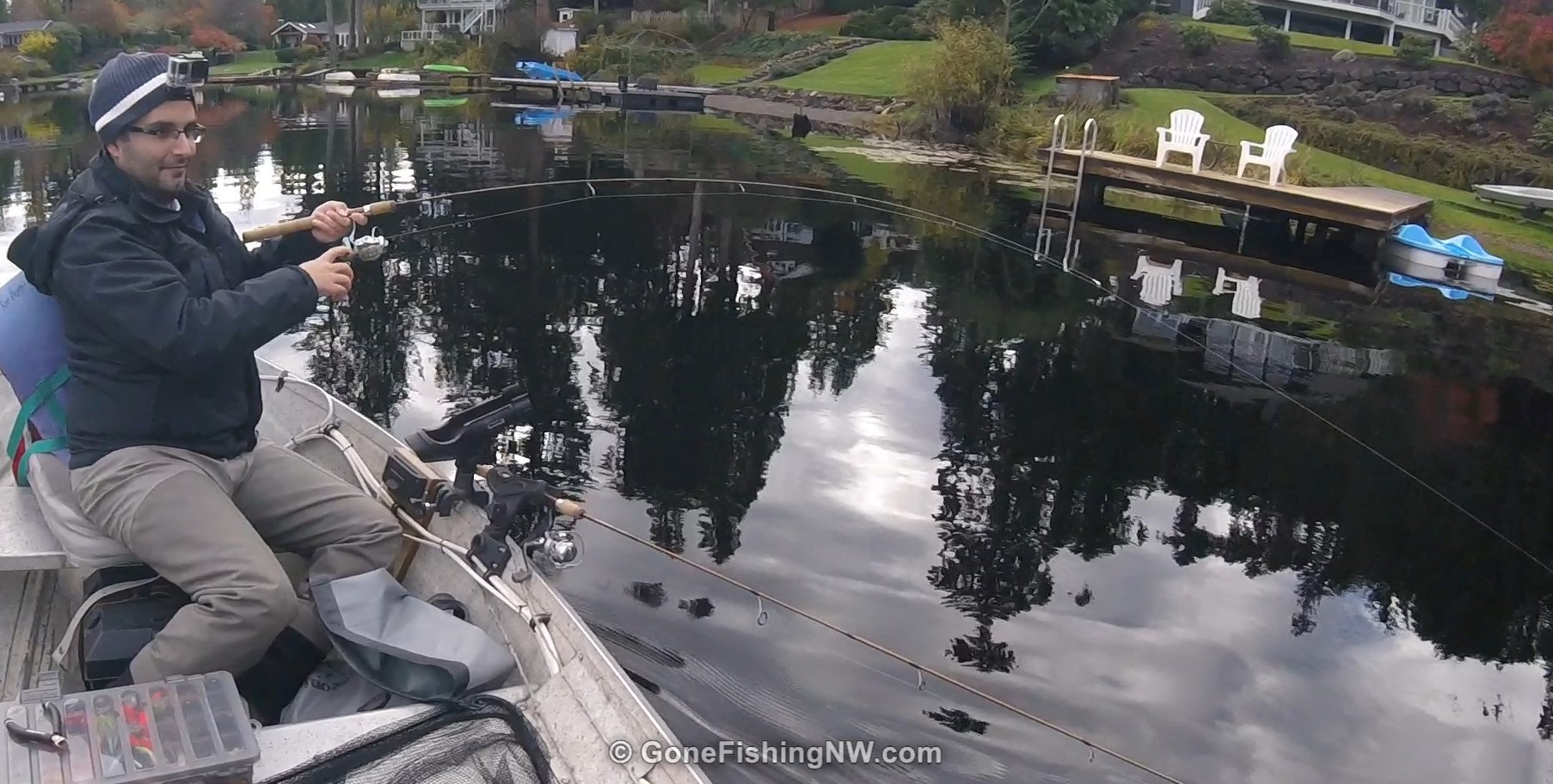
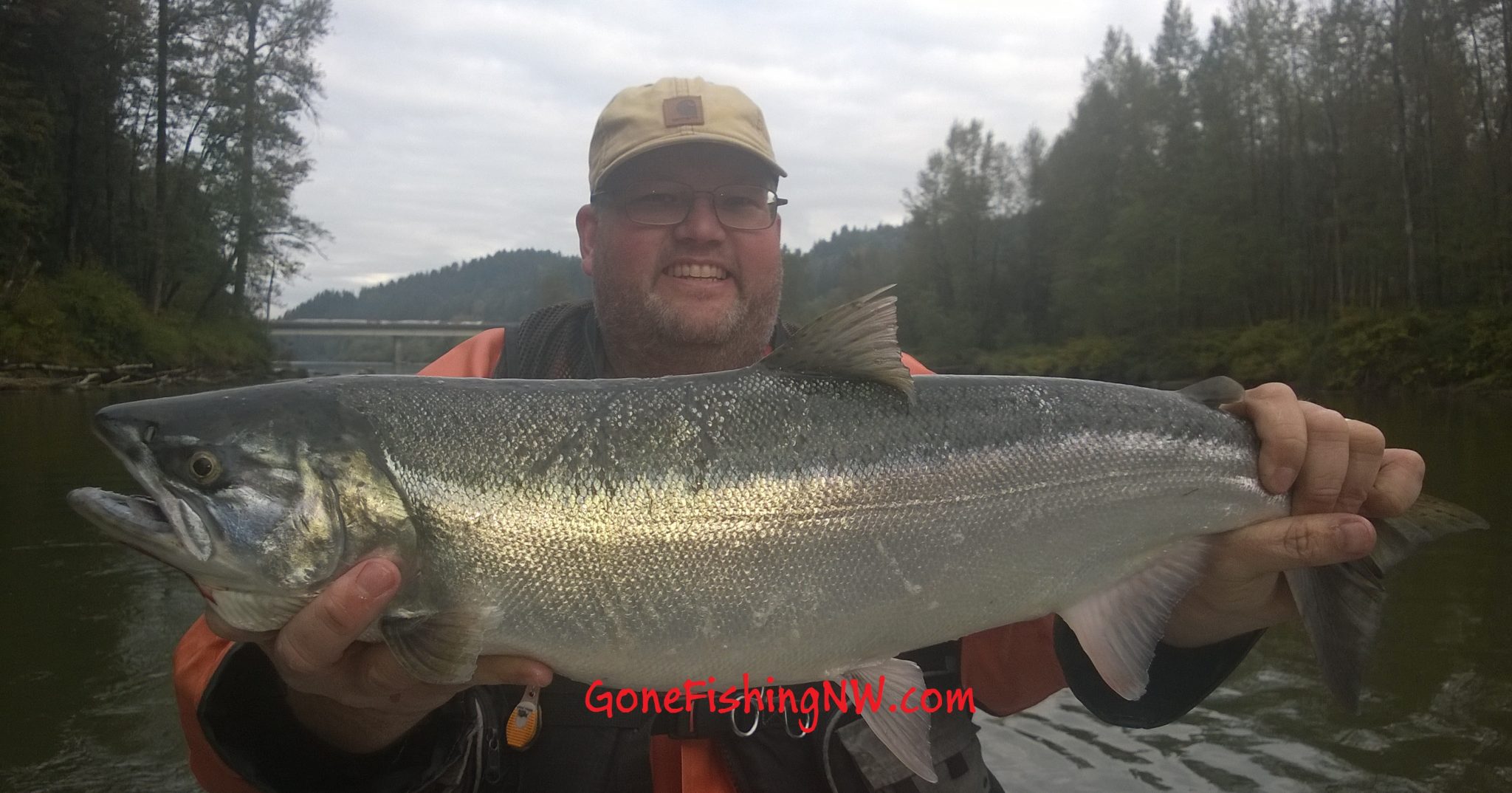
Comments are closed.